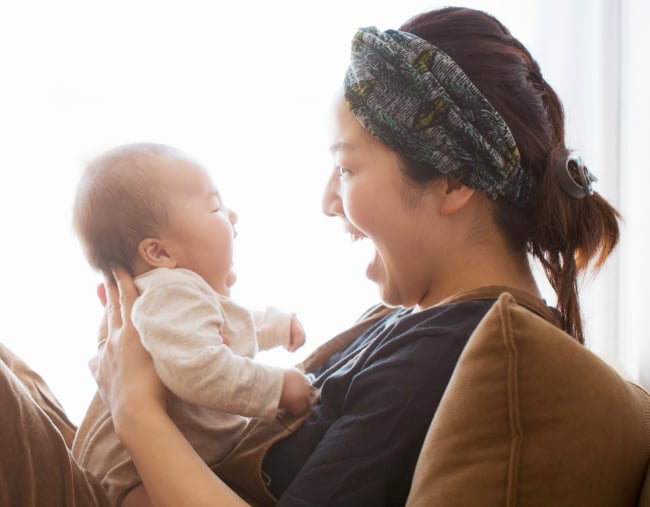
When it comes to parenting styles, there are a wide variety of methods that parents might choose to follow.
While some prefer extreme detachment methods, such as Gina Ford’s in the 90s, other prefer the complete opposite and choose to raise their children in line with the philosophies of attachment parenting.
Here is everything you need to know about the increasingly popular attachment parenting method:
What is attachment parenting?
According to the American paediatrician Dr William Sears, who wrote about attachment parenting in the 1980s with his wife Martha in The Baby Book, the parenting style focuses on caring for your baby in a way that brings out the best in both of you.
He writes on his website Ask Dr Sears that the method encourages parents to open their minds and hearts to the immediate needs of the baby, allowing them to develop a method of parenting specialised between the parent and child.
The method is said to create emotionally healthy adults capable of trusting attachments they create themselves, and create strong bonds between the baby and the mother.
Common features of attachment parenting include: co-sleeping, feeding on demand, responding to babies cries quickly and engaging in gentle discipline.
What are the benefits?
According to attachment parenting expert Dr Peter Haiman, the benefits of this parenting method are endless.
“The relationship the child builds with the mother, and the relationship the mother builds with the child, actually starts before birth… this relationship is the core building block upon which attachment is built,” Dr Haiman tells Mamamia.
“Can the mother listen with both her eyes and her ears and her heart to what the child is saying and respond sensitively, appropriately and consistently to what the child is telling her? This builds up a trusting relationship,” he adds.

